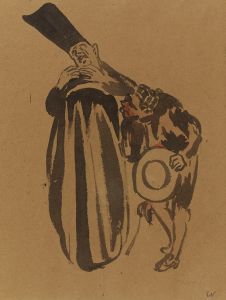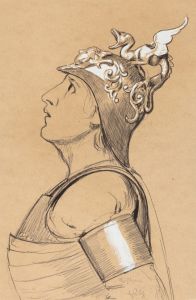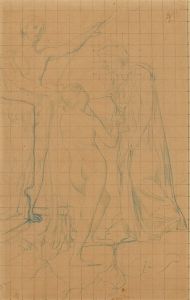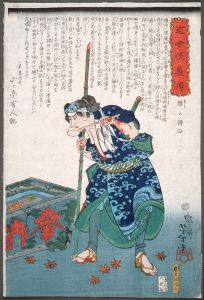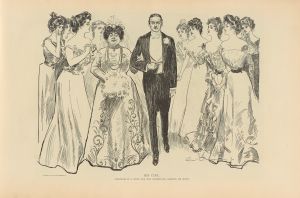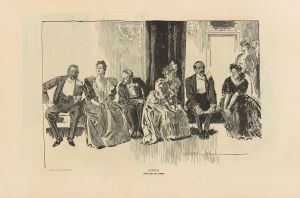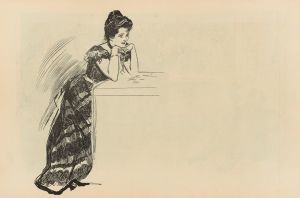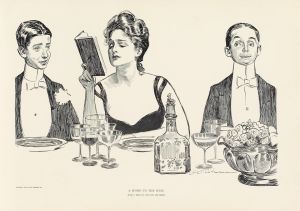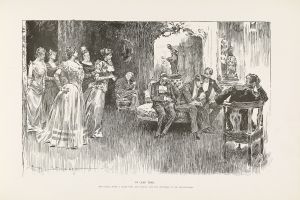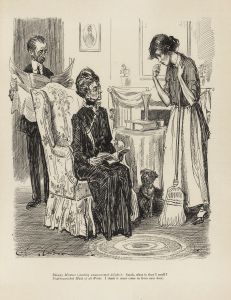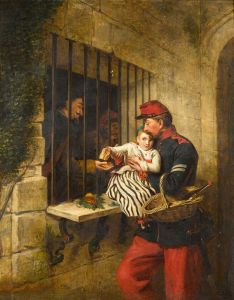
After the Opera
A hand-painted replica of Charles Dana Gibson’s masterpiece After the Opera, meticulously crafted by professional artists to capture the true essence of the original. Each piece is created with museum-quality canvas and rare mineral pigments, carefully painted by experienced artists with delicate brushstrokes and rich, layered colors to perfectly recreate the texture of the original artwork. Unlike machine-printed reproductions, this hand-painted version brings the painting to life, infused with the artist’s emotions and skill in every stroke. Whether for personal collection or home decoration, it instantly elevates the artistic atmosphere of any space.
Charles Dana Gibson was an influential American illustrator, best known for his creation of the "Gibson Girl," a representation of the idealized American woman at the turn of the 20th century. Among his numerous works, "After the Opera" stands out as a notable piece that captures the essence of the social and cultural atmosphere of the time.
"After the Opera" is a pen-and-ink illustration that exemplifies Gibson's skill in capturing the nuances of high society life. The artwork typically features elegantly dressed individuals, often a man and a woman, in a setting that suggests they have just attended an opera performance. The scene is characterized by the detailed depiction of fashion, expressions, and the subtle interactions between the characters, which were hallmarks of Gibson's style.
Gibson's illustrations were widely published in popular magazines of the era, such as Life, Harper's Weekly, and Scribner's, reaching a broad audience and influencing public perceptions of style and manners. His work, including "After the Opera," often depicted the leisure activities and social rituals of the upper class, providing a window into the world of the American elite during the late 19th and early 20th centuries.
The "Gibson Girl" archetype, which is often associated with Gibson's work, including "After the Opera," represented a new standard of femininity. She was independent, confident, and fashionable, embodying the changing roles of women in society. This figure became a cultural icon and was considered the first national standard of feminine beauty in America.
Gibson's technique involved precise line work and a keen eye for detail, which allowed him to convey complex social dynamics and emotions with minimal use of shading or color. This approach is evident in "After the Opera," where the interplay between the characters and their environment is rendered with clarity and sophistication.
The significance of "After the Opera" and similar works lies in their ability to document and critique the social norms of the time. Through his illustrations, Gibson offered both a celebration and a subtle satire of the lifestyles of the wealthy, capturing the contradictions and aspirations of an era marked by rapid social change.
In summary, "After the Opera" by Charles Dana Gibson is a quintessential example of the artist's ability to portray the elegance and complexity of early 20th-century American society. Through his detailed and expressive illustrations, Gibson not only entertained but also provided insightful commentary on the cultural shifts of his time. His work remains an important part of American art history, reflecting the values and aspirations of a bygone era.







